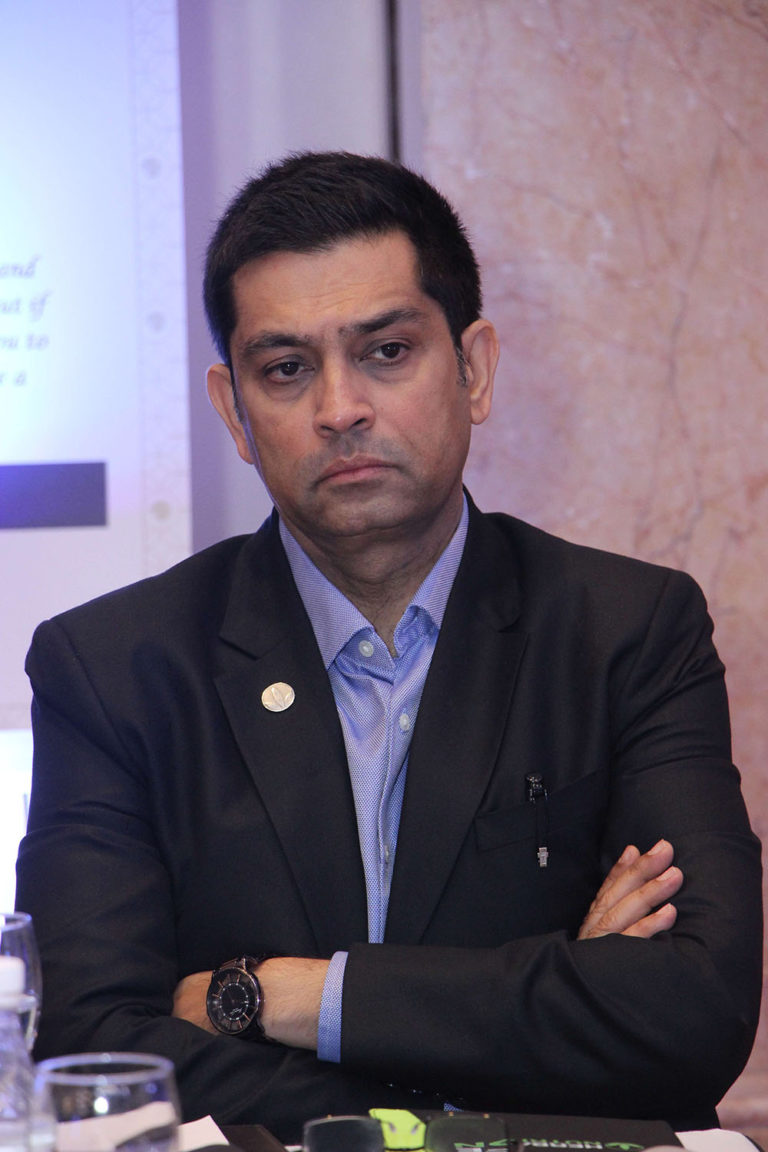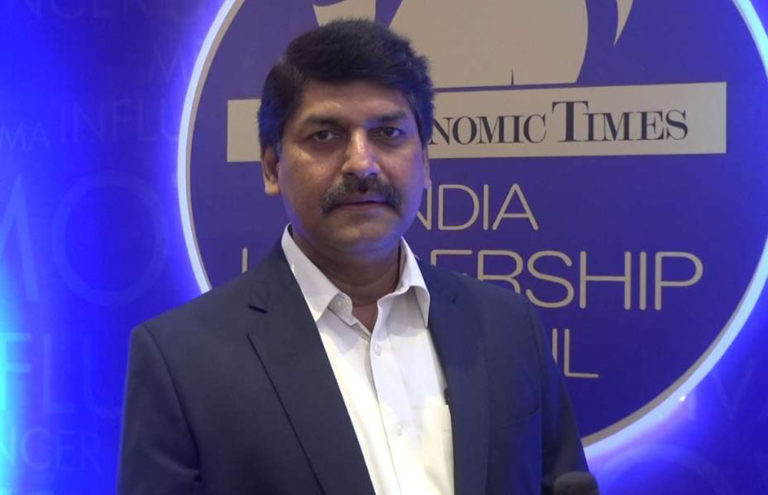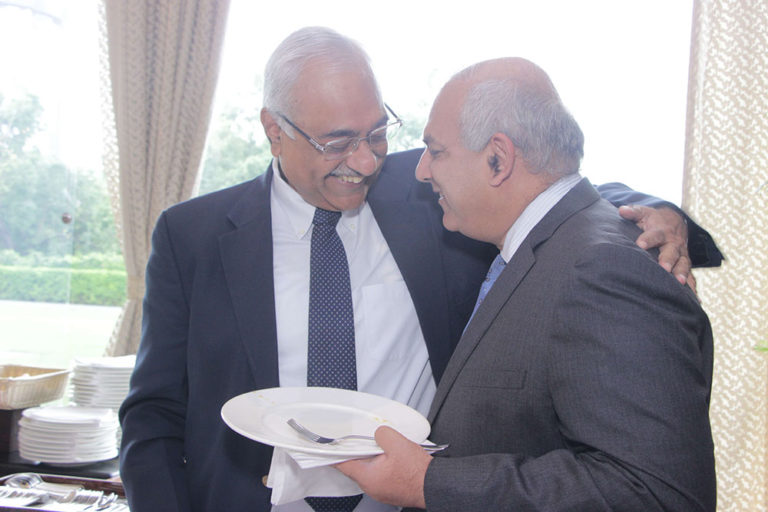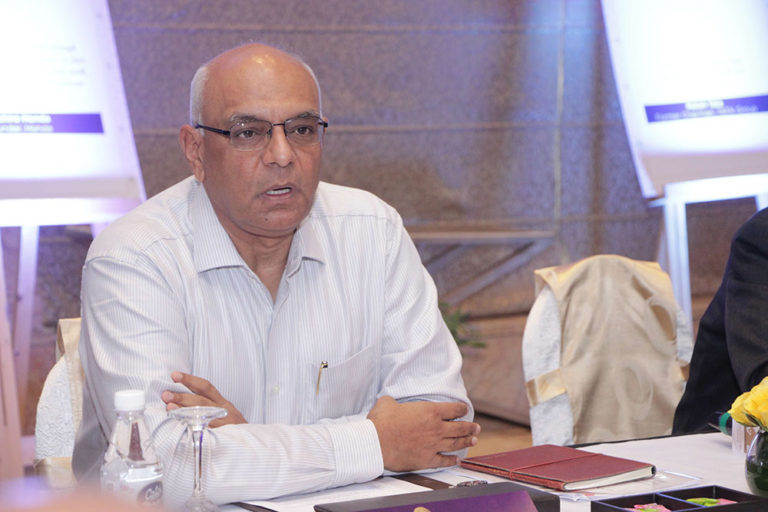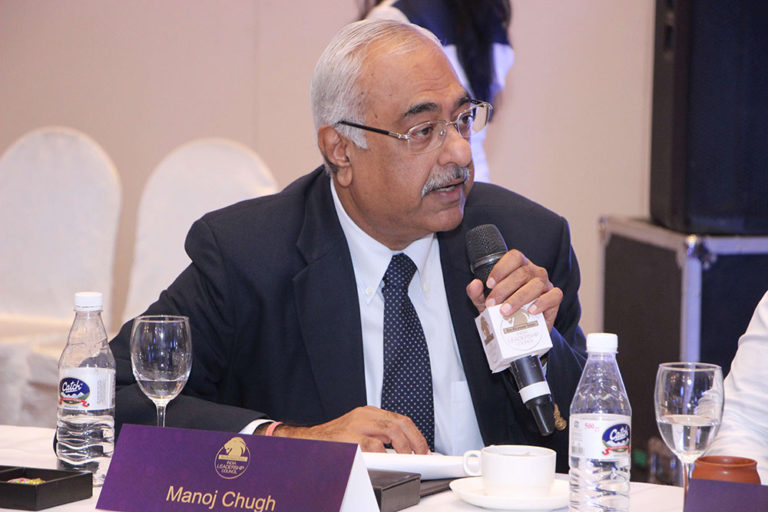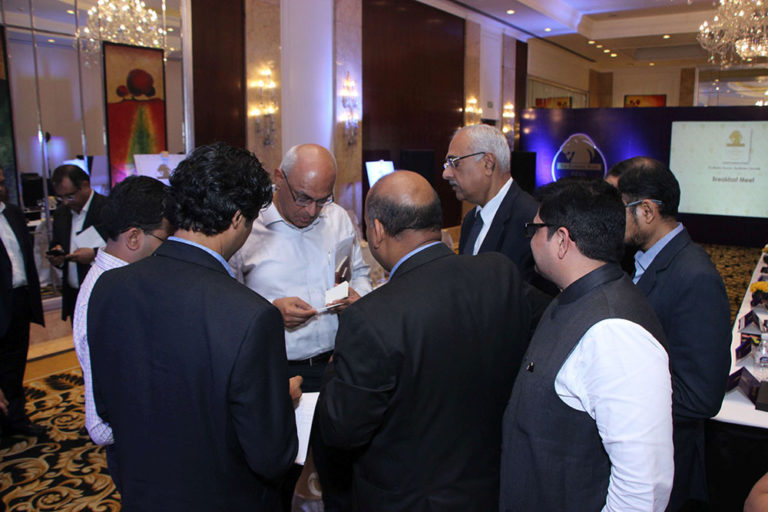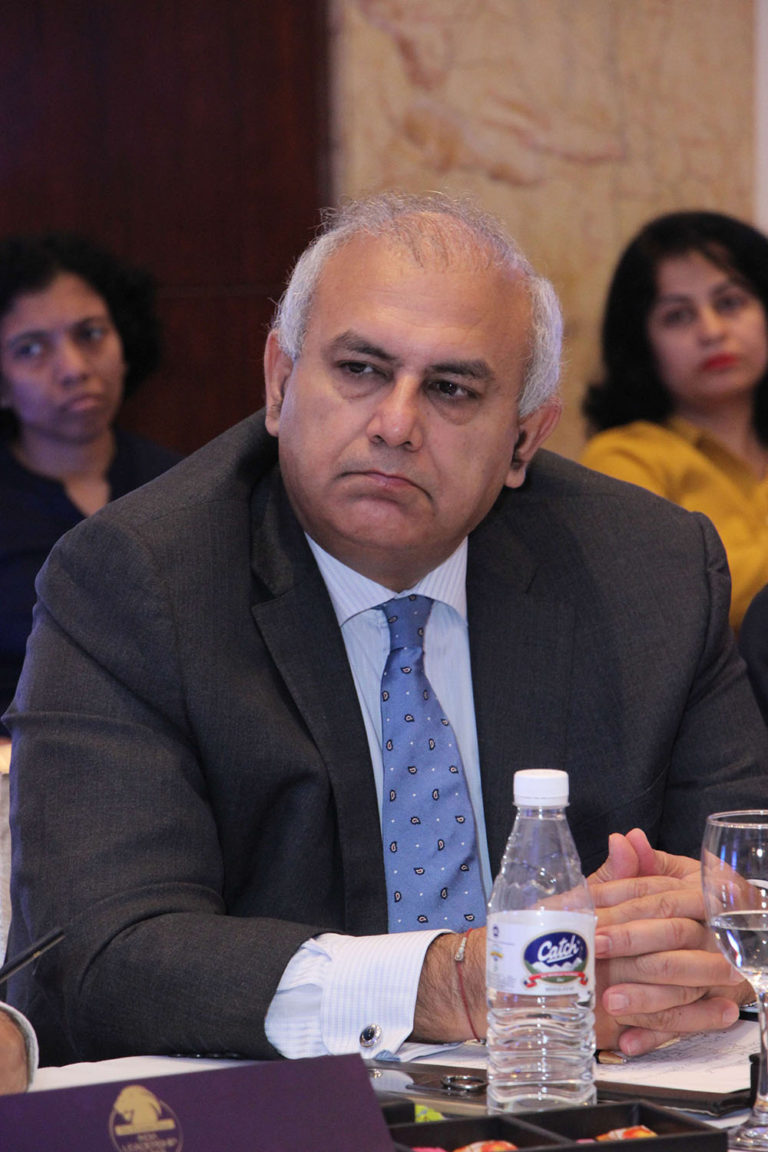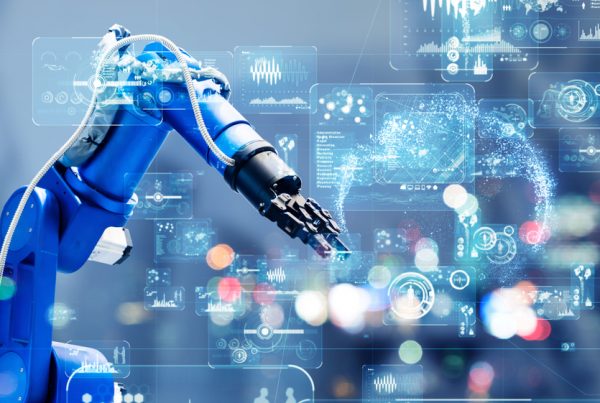ILC Breakfast Session
India’s ambitious growth objectives can be made a reality by harnessing the potential of digital to the fullest
Our generation is witness to an emerging new normal, driven by the proliferation of digital technologies and a rise in economic nationalism. A slowdown in global trade and digital driving demand are just some of the emerging factors India will need to consider as it frames its new-age growth strategies.
National economic growth is only one half of the picture though, for India must pursue its high growth trajectory while creating sufficient livelihood if the nation is to reap the benefits of its shifting demographic. But the task is a mammoth one, with the challenge being that of creating 12-15 million opportunities a year.
The new paradigm of industrial and national growth is one fueled by domestic demand and the services sector. There thus needs to be a focus on 4 priority policy areas in order to achieve the objectives of inclusive growth. The ‘Digital India’ drive is one part of this four pronged thrust, as is the focus on creating the physical infrastructure to match it. Entrepreneurs too have a critical role in giving an impetus to livelihood creation, making it essential to make credit and capital easily available.
The skilling ecosystem too needs to be reoriented towards this new reality. To this end, labor norms need to be updated to reflect the new types of workers and employers entering the ecosystem. An interesting trend demonstrated by the industry at large is the shift towards digitalization. There has been a change in consumption patterns with consumers displaying an increasing appetite for service-led solutions as opposed to product-led solutions.
India faces global and local challenges it must overcome as it pursues its growth objectives, and the industry and government needs to operate in tandem to drive the growth agenda. The Indian Government is doing its bit in earnest by launching major policies, focused on Ease of Doing Business, Digital India, and Startup India. The addition of these 3 initiatives to the quiver of governmental policies will lay a strong foundation for success in this new economic development paradigm. Through concerted, focused efforts on the part of key government and industry stakeholders, a new chapter of economic success will not be long in the making.
Capitalizing on a new-age human capital
Dr K.P. Krishnan, Secretary, Ministry of Skill Development and Entrepreneurship, Govt. of Indiaspeaks on skill a new-age Indian workforce
While India has a significant demographic dividend it looks to make the most of, the nation needs to cultivate a wider array of skills if this workforce is to pay rich dividends. As India evolves into a knowledge-based economy, there is a need to further develop and empower the human capital to ensure the country’s global competiveness, and Dr. K.P. Krishnan spoke with us on the sidelines of the inaugural breakfast session of the Economic Times India Leadership Council on a variety of topics pertaining to skilling the modern Indian workforce.
On driving skill development
The policy that came out in 2015 explicitly talks about making skills aspirational, so the cultural aspects will take time to have deep roots. Essentially there are two sets of initiatives that we will use to overcome these over a period of time. One set relates to promotional events, since an ITI has never had a graduation ceremony. However, medical institutions and engineering colleges did have them. So we try and get big icons to go for an ITI graduation ceremonies.
Additionally, we are working on what are called academic pathways so that skill doesn’t become an end by itself. So we try and smoothen the transition into a mainstream education or an engineering education or other such pathways.
On The India Leadership Council
Given where I am, I find this very useful because my entire agenda of skill development is actually an industry agenda. A lot of the skilled workers that India will produce are required by the private sector. So we need this connect for both of us to succeed, so I couldn’t ask for a better platform.
Key takeaways
- According to NABARD, India will have the world’s largest young workforce by 2020
- The unorganized sector comprises a massive 90% of India’s workforce
- India’s services sector has grown at a Compound Annual Growth Rate (CAGR) of 8.6% between 2010-2014, outperforming even China (8.4%) and the US (1.8%)
- United Nations Development Program (UNDP) estimates that by 2040 India will have the maximum share of working-age population and that by 2050 it will have the maximum number of working-age people
ET Edge Speak
The Economic Times India Leadership Council sees a confluence of doyens of the industry that endeavour to create an enabling ecosystem of growth aimed at strengthening the business side of India, while also seeking to lend its collective weight to driving this next wave of growth. By coming together, these agents of change will identify the drivers of national and industrial growth and the critical enablers where focused policy action is needed to unshackle the impediments to growth.
Most of the economic growth in India is driven by the increase in labour productivity rather than employment. This scenario of ‘jobless growth’ in India is being dealt by initiating skilling and Make in India and adding 100 India International Skill Centre, and setting up 600 Kaushal Vikas Kendras which is a significant move towards making India job ready. Initiatives like these is definitely a step in the right direction, but we need more vigour to make it work towards the main goal- employability.
Sanjay Modi, Managing Director – Asia Pacific and ME, Monster.com
I would say that the business environment is very dynamic and we have to be ready for change. Technology is playing a very important in enabling this, and by bringing together these change champions we can create a commonality of thought processes across sectors to help drive this change.
Sanjaya Gupta, Managing Director – PNB Housing Finance
There has been a lot of shift in skillsets once is looking for from base-level services to higher-level knowledge services. We’ve gone from a lot more mundane stuff to a lot more complicated stuff, such as robotics, artificial intelligence, deep learning. The digital transformation story that India is embarking on demands a lot of skillsets that industries should be able to supply.
Anil Valluri, Chief Executive Officer, India and SAARC – NetApp
While we have automated some of our processes, we have been trying to multi-skilling for our workers. So those that did only 1 part are now doing 5 parts. These are some of the ways in which we can enhance productivity and so the manufacturing processes will keep evolving.
Dinesh Aggarwal, Joint Managing Director – Anchor Electricals
Key Attendees
Picture of Dr. K.P. Krishnan and Prof. Sahay up top
- Anil Valluri, MD – India and SAARC
- Dinesh Aggarwal, MD – Anchor Electricals
- Manish Chaturvedi, CEO – Indus Strategy
- Manoj Chugh, Tech Mahindra
- Sanjay Modi, Managing Director – Asia Pacific and ME, Monster.com
- Sanjaya Gupta, Managing Director – PNB Housing Finance
- Senior Management from Sealed Air (Diversey)
- Vishwavir Ahuja,Managing Director – RBL Bank
The Economic Times India Leadership Council (ILC) is India’s most exclusive peer group initiative that aims to bring together a select group of senior business leaders from across Indian industry.
Join India’s premier nation building initiative Click Here


